Envy is a variety of bi-coloured apple with exceptional texture and sweetness. The red striated skin is characterised by prominent lenticels, while the cream-coloured flesh is crisp and juicy. Envy is closely related to Jazz (Scifresh), but has distinctly different eating qualities, particularly in its texture which is not quite so hard as Jazz. On biting into the apple, the skin gives way relatively easily and yields a pleasingly clean, crisp sensation and a flood of very sweet juice. The flesh is crisp and dense without being hard or requiring excessive effort in chewing. The aroma is also distinctive, with a good acidity to balance the honeyed sweetness.
Envy is a late-harvest variety.
Good Fruit Guide Rating: *****
Envy is an excellent dessert apple which will satisfy consumer who enjoy very crisp, sweet apples which are not too hard.
Crisp, sweet, flavoursome
Names: Scilate; Envy™; PLU 3616; USPP20477P3
Origin: Scilate is the result of one of a number of crosses between Royal Gala and Braeburn by the New Zealand Institute for Plant and Food Research. This cross was made in 1985 on trees located on land at Havelock North, Hawkes Bay, New Zealand. Envy is the marketing name for Scilate. The variety was released for commercial production in 2008.
Envy™ is registered trademark of the T&G Group of Companies.
The US Plant Patent was granted in November, 2009.
Grown in: New Zealand, Australia, UK, Spain, USA (Washington), Chile, South Africa.
Harvest & Availability: Availability of Envy in the UK is still evolving as volumes grow, but are generally as follows:
- January: UK
- February: UK, Spain
- March: UK, Spain
- April: Spain
- May: New Zealand
- June: New Zealand
- July: New Zealand, South Africa
- August: South Africa
- September:
- October:
- November:
- December: UK
Websites:
Envy – Marketing website
T&G – Group website, New Zealand
USPP20477P3 – US Plant Patent

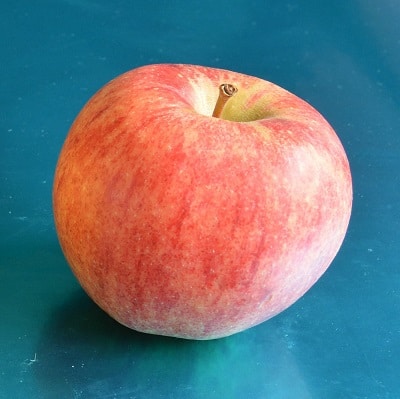
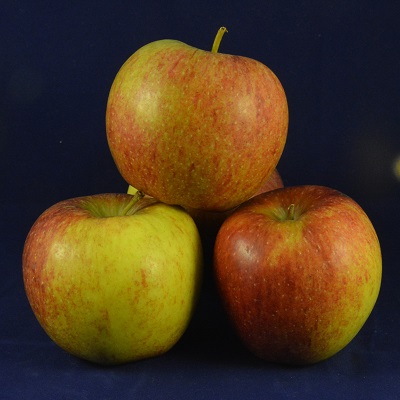

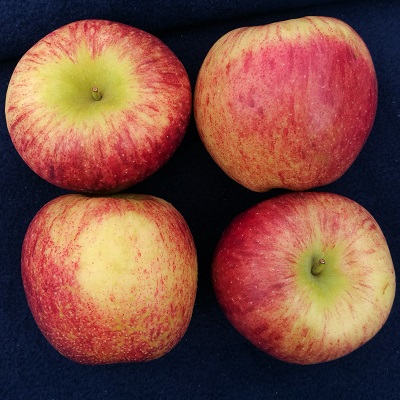

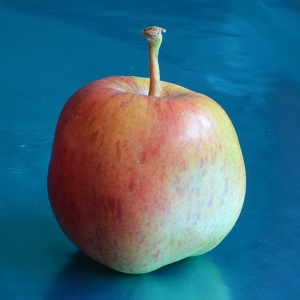
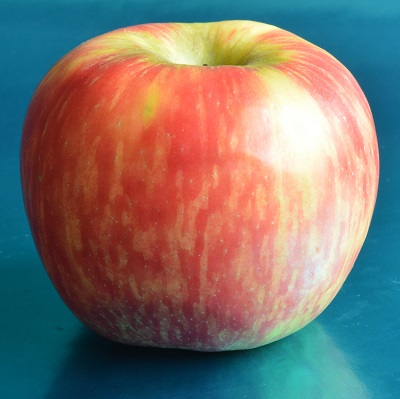
Nick Ball –
A fabulous variety with all-round appeal: crisp, but not too hard; sweet, but with a lovely balanced acidity; flavoursome and juicy. The UK-grown fruit seems to be slightly more open in texture than the New Zealand equivalent, but is equally attractive.